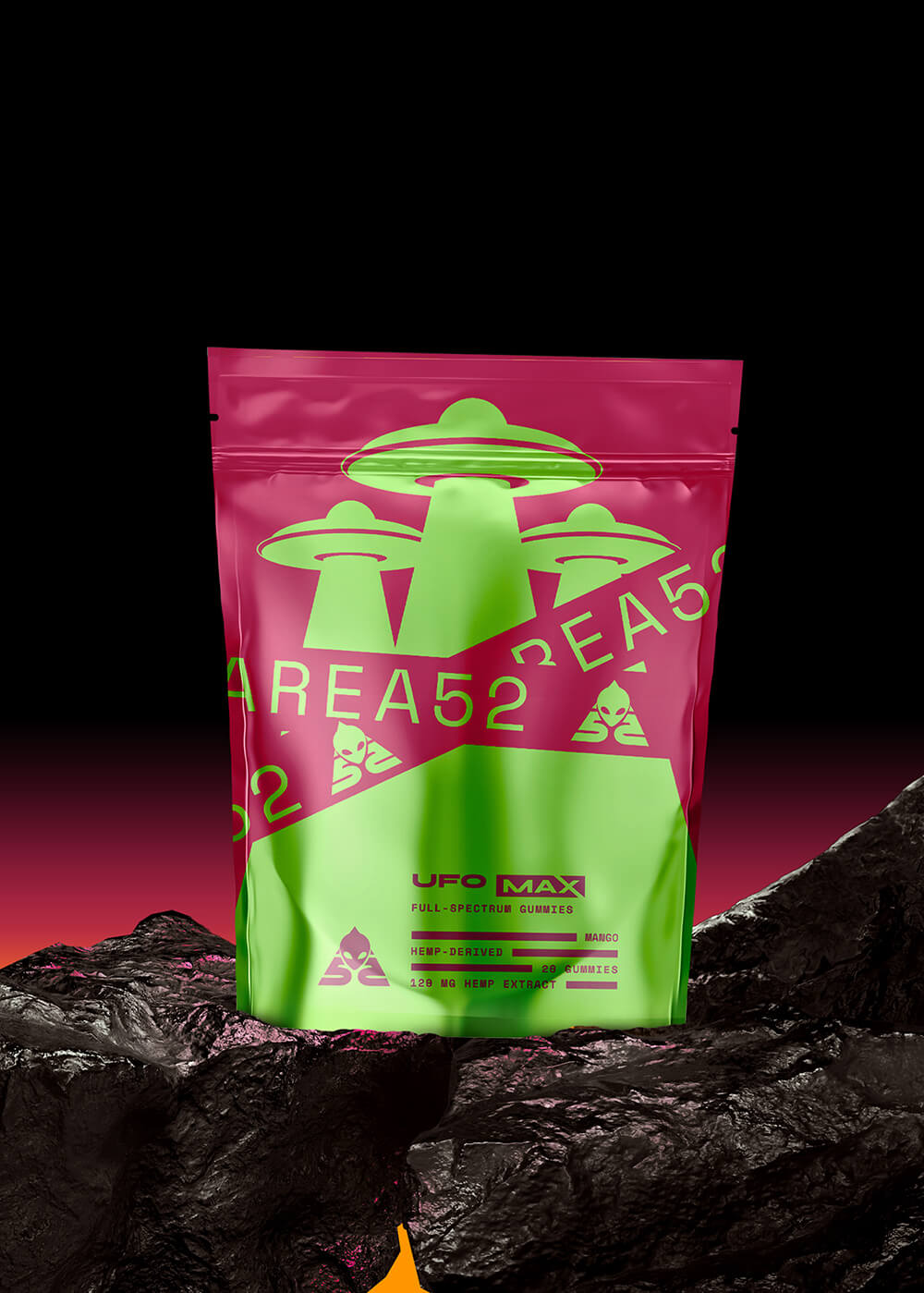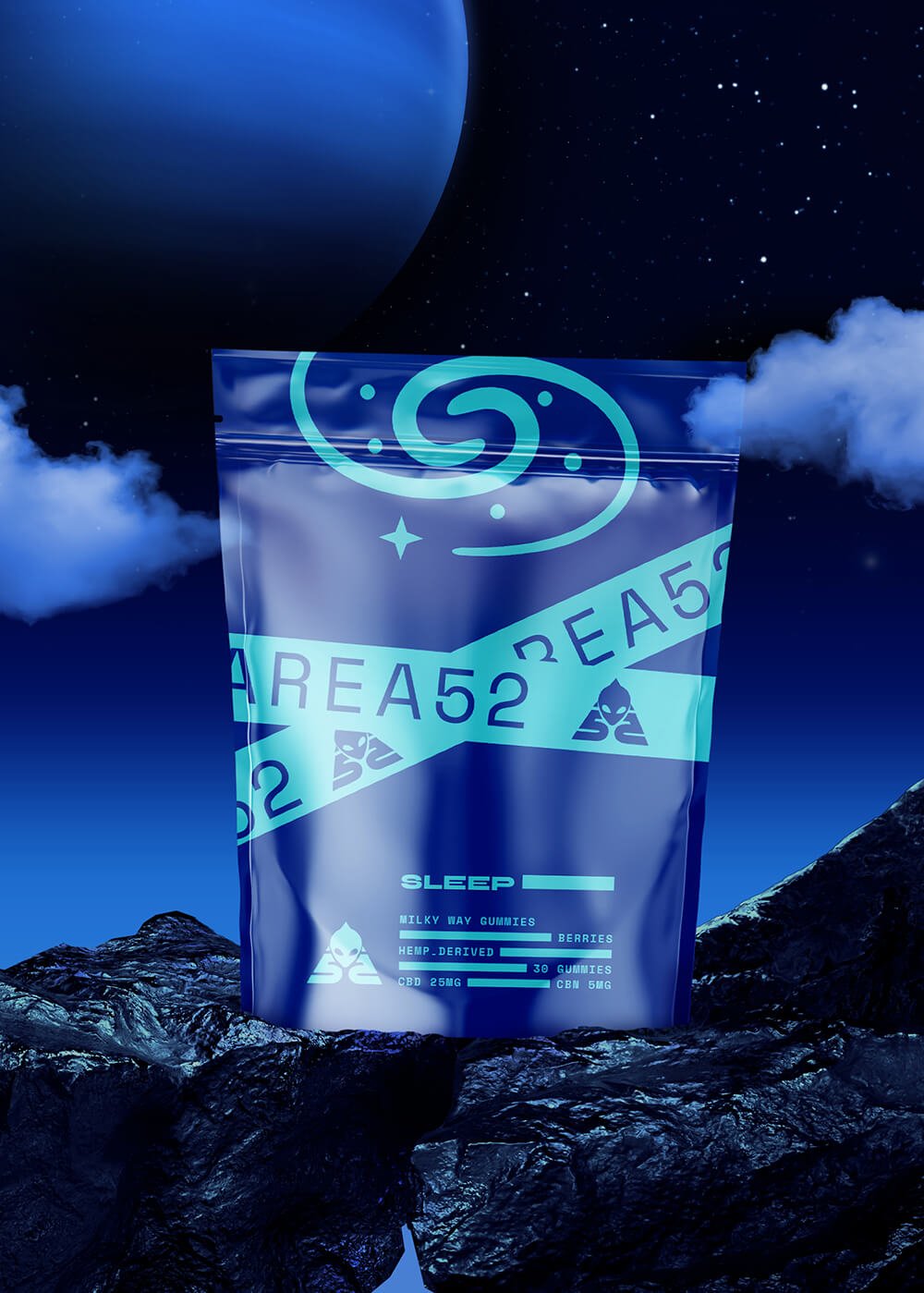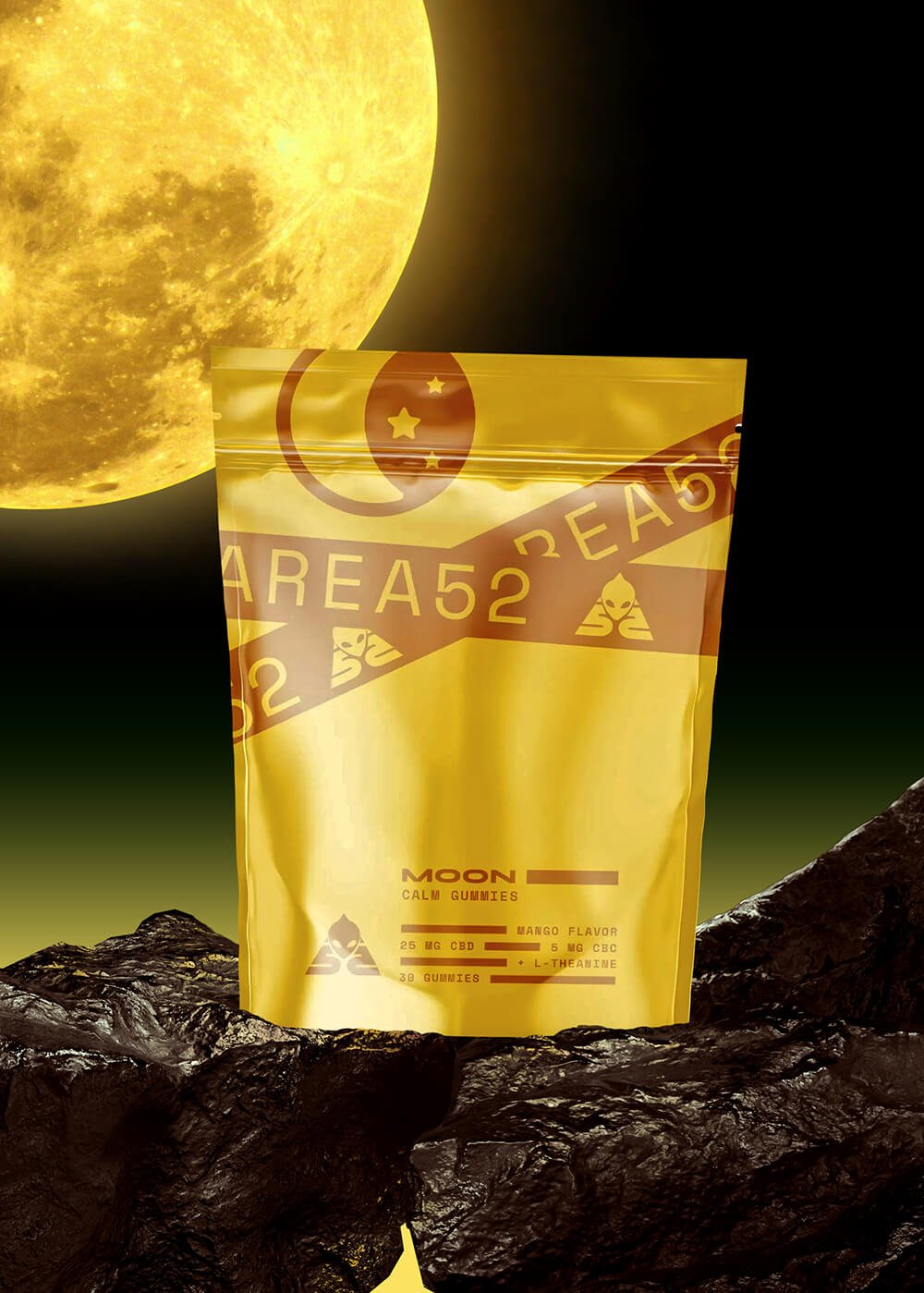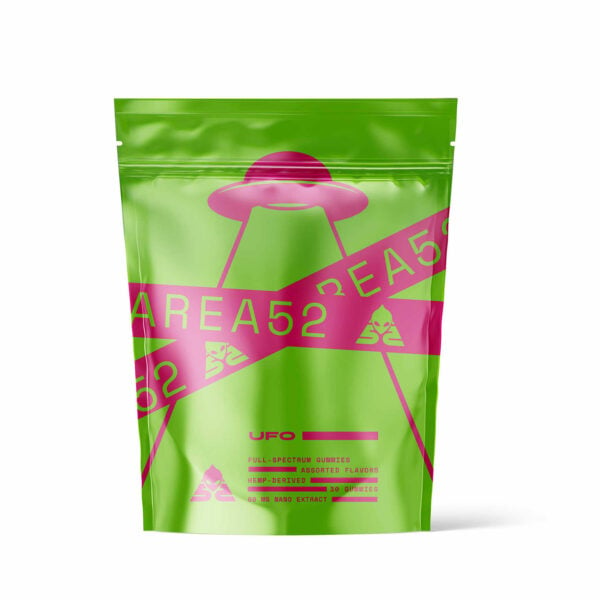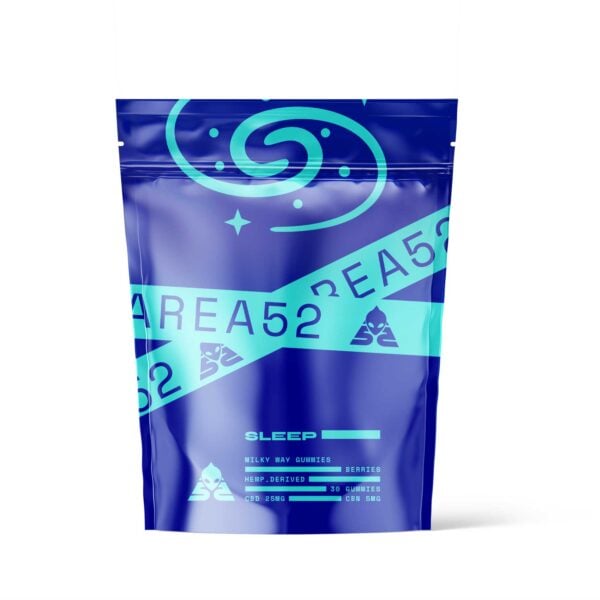Legalization History of Cannabis in the United States
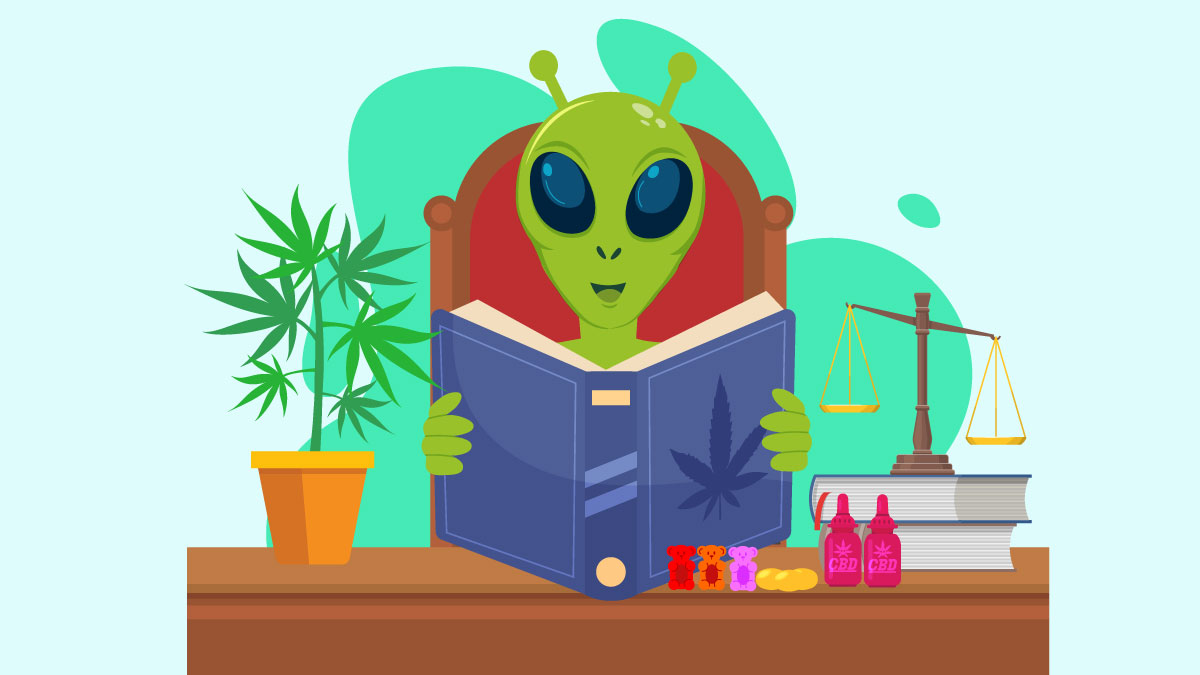
Cannabis was once considered beneficial for both medical use and agricultural purposes. Fields of hemp were mandatory in some places, while pharmacy shelves were full of cannabis products. Now, it’s a Schedule 1 Drug, and many people still fear it. The cannabis legalization history is complex, reflecting changing social norms and policies over the decades.
How did we go to such extremes, and why do these laws still exist, considering the decades of research that contradict the ideas that it’s dangerous and not useful?
Find out how racism and fear have largely determined the fate of this plant, current laws by state, and what the future might hold for legalizing marijuana in America.
Cannabis & the New World
The thing is, cannabis wasn’t always prohibited — it was legal until the 20th century. Because of its wide range of uses, hemp was very popular in the Colonial Era. In fact, it was so vital the government encouraged its growth. People used hemp fiber to make sails, clothing, and rope.
In 1619, Virginia passed a law requiring colonists to grow hemp, and it was legal tender for a while here as well as both Pennsylvania and Maryland.
By the time of the Civil War, imports replaced the need for hemp. However, marijuana was readily available. It was a common ingredient in many medicines and could be found in most pharmacies which is a proof to the era before strict medical cannabis laws existed.
Marijuana, Racism, & New Restrictions
The nation’s attitude towards marijuana shifted drastically in the early 1900s.
In 1910, the United States witnessed a flood of Mexican immigrants as they fled the Mexican Revolution. These refugees also brought recreational marijuana use.
Over the following years, marijuana became associated with these immigrants. The same fear and prejudice they faced extended to marijuana, and a public backlash began. In 1914, El Paso passed an ordinance against it — the first to do so — starting decades of restrictions.
This culture of recreational marijuana also found its way into New Orleans as immigrants came from the Caribbean. Its use spread among the communities, and soon there was a prevalent stereotype that only black Americans and Mexican immigrants smoked it.
These stereotypes and fears fueled the backlash against marijuana; from 1916 to 1931, twenty-nine U.S. states had outlawed the consumption of marijuana, eventually leading to the Marihuana Tax Act of 1937.
The Marihuana Tax Act
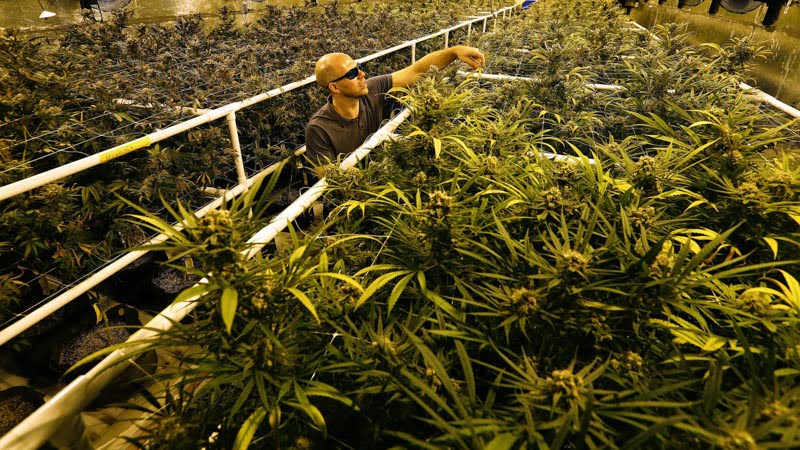
In 1937, Congress passed the Marihuana Tax Act, which effectively criminalized marijuana despite an extensive study from the New York Academy of Medicine declaring marijuana does not lead to insanity, violence, addiction, or other drug use.
Even the American Medical Association (AMA) opposed the bill, knowing it would affect physicians prescribing it and the pharmacies selling it. Still, the federal government used it to restrict even medical cannabis and other potential applications.
Marijuana was slang at this time, and the “H” instead of the “J” is likely a throwback to its Mexican roots. In fact, Dr. Creighton Woodward, who was an advocate for marijuana and part of the legislative counsel for the AMA at that time, allegedly believed using “Marihuana” in the Act misled physicians — they didn’t know they were losing cannabis.
This document legitimized using the word “marijuana.”
Mandatory Minimum Penalties
World War II brought a shift, though slight and not long-lasting. The Department of Agriculture (USDA) started a “Hemp for Victory” campaign and registered 375,000 acres of hemp to increase the production of parachutes and other military gear.
In the 1950s, the federal government introduced mandatory penalties for drugs, including marijuana. Billions of taxpayer dollars went into arresting and charging people for drug-related offenses.
However, in the late 1960s, the U.S. witnessed yet another cultural shift. Gone was the stereotype that marijuana was limited to certain groups. The Nixon administration proposed a change in the minimum penalty laws. Congress passed the Prevention and Control Act of 1970, repealing almost all mandatory minimum penalties associated with drug use.
During this time, eleven states decriminalized marijuana, and numerous others reduced penalties associated with it.
In 1969, a groundbreaking ruling in Leary v. the United States found the Marihuana Tax Act violated the Fifth Amendment, eventually overturning it.
The War on Drugs
Within ten years, concerned parents picked up their swords and formed organizations bent on restricting marijuana. These groups were the driving force behind Nancy Regan’s “Just Say No” campaign, amplifying drug abuse concerns.
President Regan re-enacted the mandatory minimum sentences with the Comprehensive Crime Control Act in 1984, declared war on drugs, and began a costly attempt to control marijuana. The Anti-Drug Abuse Act in 1986 laid out further penalties and expanded the powers of the Federal Bureau of Investigation and other agencies. Over time, individuals faced long prison terms for nonviolent marijuana possession.
In the 1990s, “three-strike” laws were established, sentencing any person with two prior convictions to life without parole. Under these tough state and federal laws, arrests soared.
The Drug Policy Alliance estimates the U.S. spends $51 billion annually, adding up to over a trillion so far in enforcing marijuana laws and other controlled substances policies.
According to the ACLU, half of all drug arrests are due to marijuana, usually for small amounts.
States Defying Federal Law: A Trend Towards Legalization
Despite the War on Drugs and the “Just Say No” influence, public perception was changing. In 1996, California flexed its power and became the first state to legalize medical marijuana with Proposition 215. This movement sparked a trend in marijuana legalization across the country, one that continues to blaze to date.
Alaska and Oregon followed suit in 1998 and legalized medical marijuana as well.
In November 2012, Colorado and Washington became the first two states to legalize recreational marijuana.
Today, a total of thirty-eight states have approved the use of medical marijuana, and twenty-three states have legalized the plant’s recreational use. Each state has its own cannabis laws, often diverging from federal laws under the Controlled Substances Act.
In a rare display of prudence and wisdom, the federal government defers to the states’ rights on this. The Department of Justice (DOJ) stated it wouldn’t prosecute anyone in compliance with state law [1].
Current Hemp & Marijuana Laws
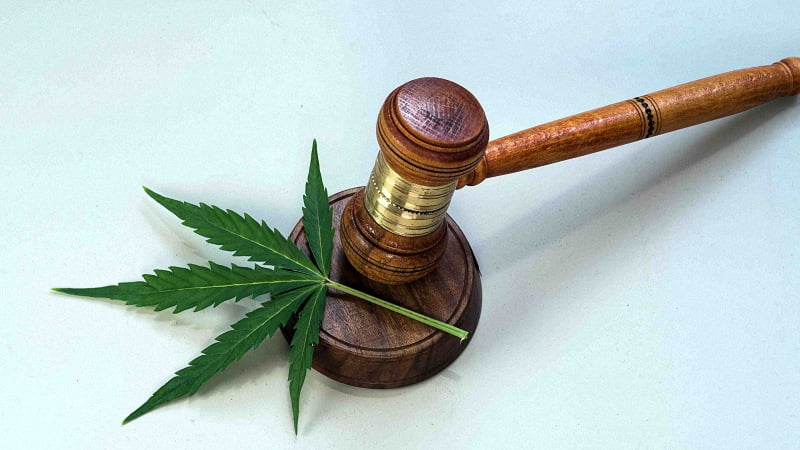
A common misconception that people tend to make is that they think that all cannabis-derived products are marijuana. However, while hemp and marijuana come from the same plant, Cannabis sativa, there are substantial differences. Federal and state laws have specific definitions for each.
In December 2018, the Farm Act of 2018 was passed, clearly distinguishing the difference between marijuana and hemp.
It defines hemp as cannabis with less than 0.3% THC (the psychoactive compound), removed it as a Schedule 1 Drug, and legalized its production.
By extension, other cannabinoids like CBD and delta 8 THC are legal as long as they’re from hemp.
Marijuana is cannabis with more than 0.3% THC and remains a Schedule 1 Drug.
However, state laws still vary and are, honestly, all over the place. Even though some states have legalized medical marjuana, it’s still being closely watched by the Drug Enforcement Administration despite accepted medical uses. Before you buy anything cannabis-related, check local laws. Even CBD, though it’s from hemp, is not legal in every state. Delta 8 is legal in most states but ironically illegal in a few states that have legalized marijuana. Don’t assume or try to guess what your local laws are.
Additionally, the sale of CBD by adding it to a food or labeling it as a dietary supplement with therapeutic effects is also considered illegal. The Food, Drug, and Cosmetic Act prohibit the sale of any product intended to be used to treat, mitigate, or diagnose a disease or disorder unless approved by the FDA.
Due to the lack of research, the FDA has not approved CBD to treat any health-related issues. The only exception is Epidiolex, a prescription drug that treats seizures for patients with a rare form of epilepsy.
Balancing State & Federal Laws on Cannabis
As we move forward, tension between state and federal laws remains a key challenge. Some states embrace liberal policies that support medical marijuana laws and allow recreational marijuana, while the federal government still recognizes it as contraband under the Controlled Substances Act.
This patchwork of regulations confuses consumers, businesses, and law enforcement. Future reforms may streamline guidelines and encourage further acceptance of cannabis nationwide.
A Broader View on Drug Abuse & Economic Opportunities
Efforts to legalize cannabis have also brought fresh discussions around drug abuse prevention and education. Many advocates see legalizing marijuana not as promoting drug use, but as a chance to regulate, tax, and prioritize public health. This approach contrasts sharply with older prohibitive models like the Anti-Drug Abuse Act
As data emerges about the economic benefits, social justice reforms, and reduced marijuana possession arrests, the conversation on how best to handle cannabis continues to evolve.
What’s Next For Cannabis Legalization?
Cannabis legalization history & United States reform policies have evolved significantly over the past few decades. Cannabis has traveled a long road, met with twists and turns over the last century — from colonial staple to restricted drug, and from strict bans to renewed interest in medical cannabis laws and adult-use expansions. Marijuana is classified as a Schedule I of the federal Controlled Substances Act, but now that over thirty States have passed laws that legalize the use of marijuana, the public is starting to question the federal government’s decision to keep the drug prohibited.
The cannabis industry is still in its infancy, but there is no doubt about its potential role in the economy. As research about the potential benefits of marijuana enhances and public support rises, more states are enticed by the idea of hefty tax revenues from marijuana sales. And as more states continue to legalize it, this industry is only destined to grow.
As legalization continues to spread to more parts of the country, wider acceptance of the cannabis plant will only further legitimize and strengthen this emerging industry that has taken the country by storm.
Many proponents even believe that it’s only a matter of time before cannabis is decriminalized across the nation.
Frequently Asked Questions
1. Was cannabis legal in America?
Yes. In fact, farmers were encouraged to cultivate hemp in colonial times. Not until the early 1900s did attitudes shift and led to cannabis laws restricting its use.
2. What was the first recreational dispensary in the United States?
While some argue it was in Colorado or Washington after recreational marijuana passed in 2012, pinpointing a single “first” is tricky due to initial pilot programs. Generally, Colorado is credited with pioneering the modern recreational dispensary model in 2014.
3. How big is the legal cannabis market in the US?
Estimates vary, but some project a multi-billion-dollar industry that continues to grow as more states adopt medical cannabis and adult-use programs. New markets open each year, adding to the nationwide value.
4. Which country produces the most legal cannabis?
Canada is one of the largest producers as they have fully legalized the substance federally. The U.S. also produces a significant amount, but due to federal laws, exact figures are harder to pinpoint.
5. Who is the largest cannabis producer in the United States?
It depends on factors like acreage and licensing. The major producers range from multi-state operators in places like California to emerging markets in states like Oklahoma. Because there’s no single regulated national marketplace, it’s tough to crown a single largest producer.
